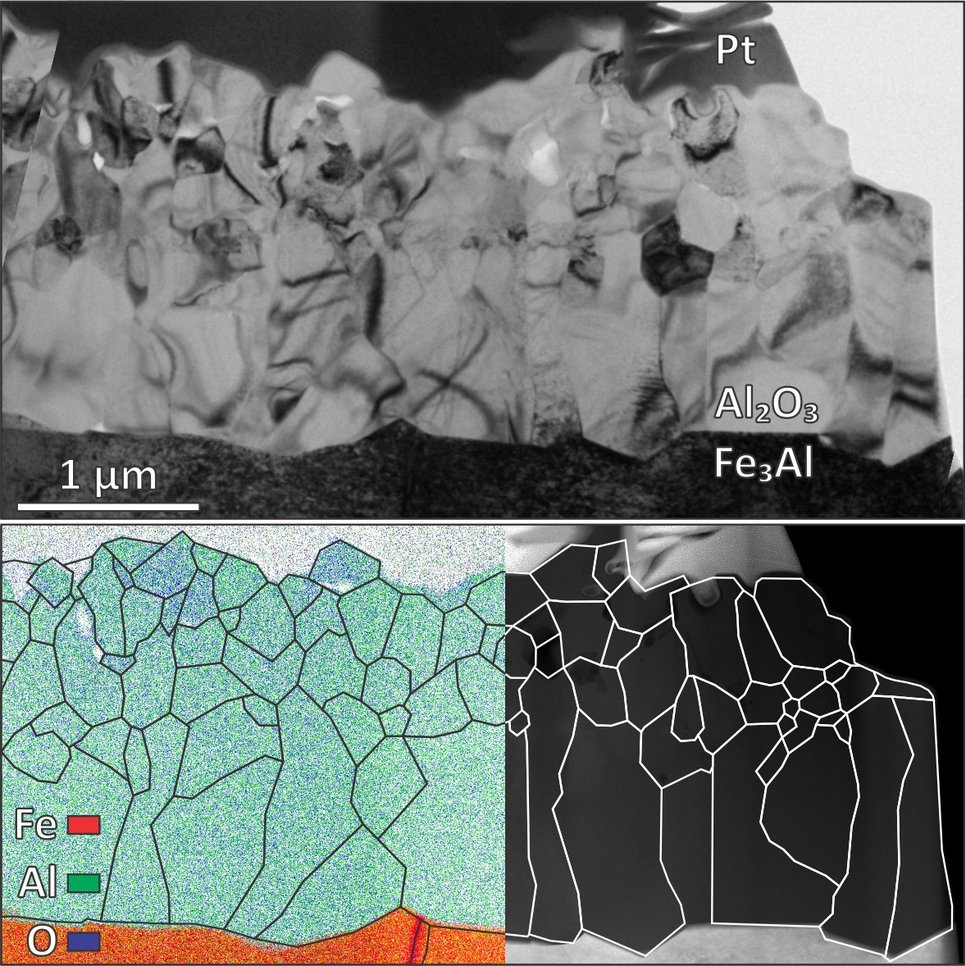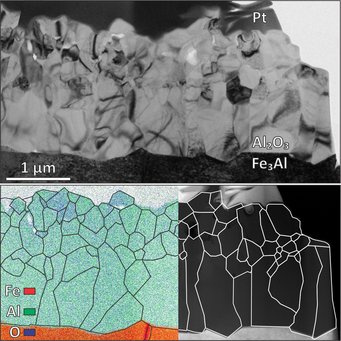Max Planck Partner Group “Microstructure design of high-performance materials for harsh energy applications”
Extreme Energy Materials
The research group explores innovative research on the material – light elements interactions, a research field with relevance for nuclear and fusion reactors, as well as for materials required for the hydrogen economy. The major aspects of research are studies on sinks for He and H in metals (e.g., precipitates, interfaces, grain boundaries), and their evolution at elevated temperature. Based on this knowledge, we aim to establish He and H tolerant refractory materials via microstructure tailoring and optimization.
Materials and material systems used in energy applications are often operating under harsh conditions outside of their thermodynamic equilibrium; in these cases, they are changing their structural (im)perfection and properties continuously or discontinuously over time by being subjected to a flux of matter, energy and/or chemical reactions. One of such extreme example is fusion reaction, where the main challenge for material scientists is to find and tailor materials capable to withstand the harsh operating conditions. The interplay of extreme temperatures, simultaneous ion and neutron irradiation, and interactions between fuel and byproducts with the microstructure of the structural materials present a unique scientific benchmark for exploration of the fundamental principles causing light-element induced embrittlement – a topic also relevant for materials exposed to hydrogen, nuclear and space applications, corrosion and welding.

The group’s mission is to develop light-element damage tolerant microstructures of refractory materials (such as W and W-based alloys) by tailored structural imperfections, such as dislocation, voids, and grain boundaries. In the scope of the project we aim to explore the transport, migration and coalescence of light elements at elevated temperatures while assessing the evaluation of the effects on the chemistry, microstructure and mechanical properties. Using state-of-the-art analytical tools and methods will unlock a unique insight into corrosion performance, hydrogen retention and permeability and behaviour of the materials at elevated temperatures. As a result, we aim to establish a fundamental understanding of the complex, synergistic, and inherently multiscale interactions in advanced energy materials down to the atomic level, when subjected to ion implantation and high temperatures, and to identify the interplay between microstructure and material properties.
Publication Reference
31 January, 2025
Vol 39 Issue 2 January 2, 2025
